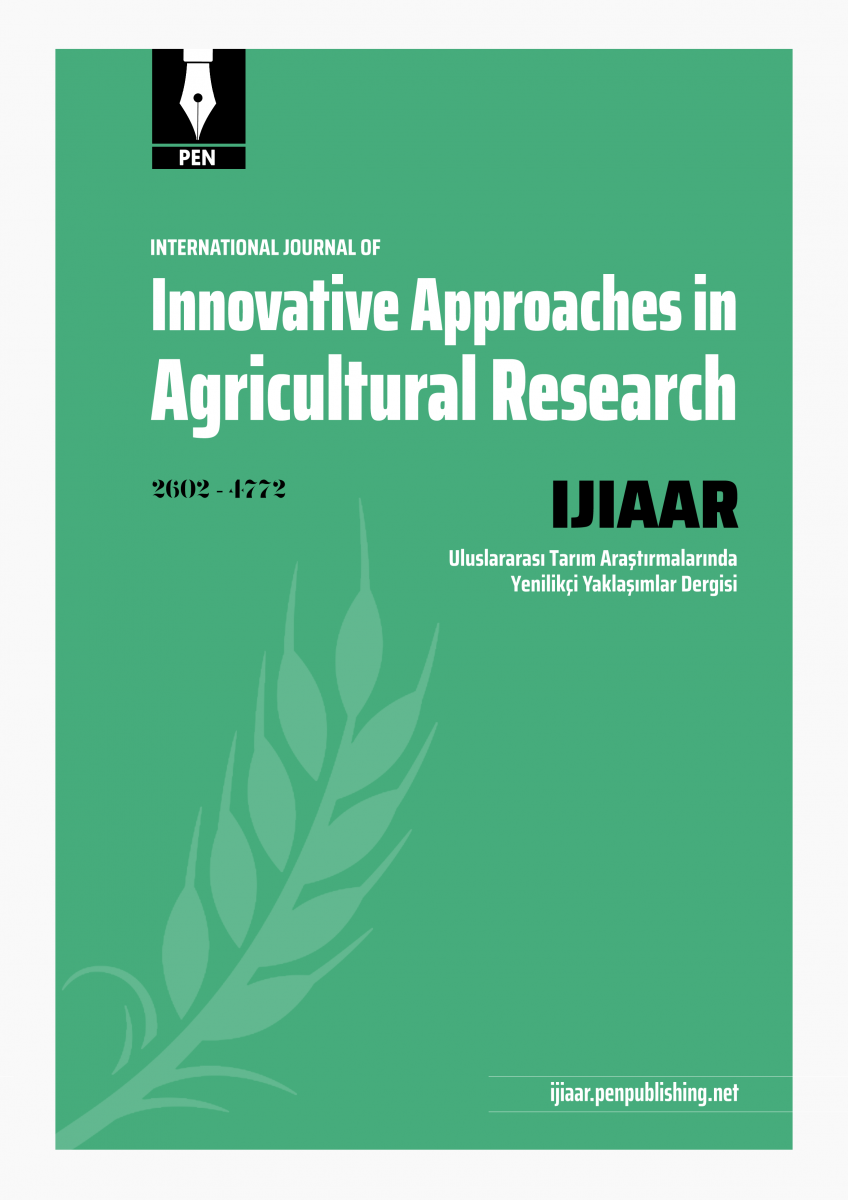Original article | Open Access
International Journal of Innovative Approaches in Agricultural Research 2019, Vol. 3(1) 81-86
Chemical Composition and Antibacterial Activity of the Essential Oil of Citrus aurantium L. Growing in Eastern Algeria
pp. 81 - 86 | DOI: https://doi.org/10.29329/ijiaar.2019.188.8
Published online: March 29, 2019 | Number of Views: 114 | Number of Download: 719
Abstract
Citrus aurantium (Bitter Orange) is a Rutaceae known for its extremely bitter and sour taste. Its leaves are rich in essential oil (EO).
The purpose of this study was to extract, analyse and evaluate the antibacterial activity of this EO in vitro, against 10 bacterial strains responsible for nosocomial infections (05 Escherichia coli, 03 Staphylococcus aureus and 02 Klebsiella ssp).
The extraction of the essential oil was carried out on fresh leaves harvested in Annaba (Eastern Algeria) using a Clevenger type device. The analysis was performed by GC/MS and it was tested on 10 bacterial strains by the dilution method in agar medium.
The results showed that the EO is composed mainly of linalool (44.52%). Among the ten strains tested, eight were sensitive to this EO with inhibition diameters ranging from 12.1 mm to 21.45 mm and minimum inhibitory concentration (MIC) between 0.1% and 1%, however, both Klebsiella pneumoniae and Escherichia coli ATCC strains were resistant.
The antibacterial activity of Bitter Orange EO seems to be largely due to the major component linalool.
Keywords: Citrus aurantium L., Leaves, Essential oil, GC/MS, Antibacterial activity, Eastern Algeria
| How to Cite this Article |
|---|
|
APA 6th edition Harvard Chicago 16th edition |
| References |
|---|
|

